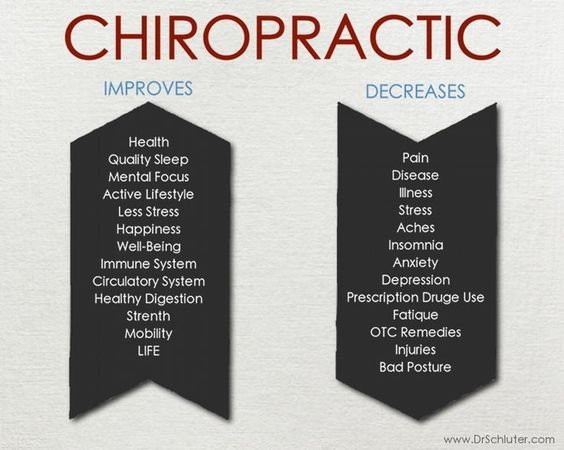Just When You Assume Alleviation Is Near, Soft Tissue Treatment Exposes Its Uneasy Realities-- Find Why The Procedure Can Be Uncomfortable Yet Useful
Just When You Assume Alleviation Is Near, Soft Tissue Treatment Exposes Its Uneasy Realities-- Find Why The Procedure Can Be Uncomfortable Yet Useful
Blog Article
Written By-Boysen Crabtree
When you undertake soft Tissue therapy, you could find it remarkably unpleasant. This pain develops as stress is related to strained muscles and broken cells, activating your discomfort receptors. While it can really feel stressful in the moment, there's a reason behind this sensation. Comprehending what happens in your body throughout these therapies can aid you value the procedure. So, exactly what is going on under the surface?
The Physiology of Discomfort Throughout Soft Tissue Therapy
When you undertake soft Tissue treatment, your body's response to pain is a complex interplay of physiological procedures. As the specialist applies pressure, your body activates pain receptors, sending out signals to your mind. This triggers the release of natural chemicals, such as substance P and glutamate, which enhance the feeling of discomfort.
Your muscular tissues might also tighten in response, more making complex the experience. In addition, your body may launch endorphins, all-natural pain relievers that can help relieve some discomfort.
The communication between these processes can develop a special experience for every individual. Recognizing this physiological reaction assists you navigate the experiences throughout therapy, permitting you to appreciate the balance between pain and the potential for healing advantages.
The Duty of Discomfort in the Recovery Refine
Although pain throughout soft Tissue treatment can really feel overwhelming, it plays a vital role in the healing process. When you experience discomfort, your body is signifying that it's functioning to fix damaged cells. This response aids enhance blood flow to the afflicted area, delivering vital nutrients and oxygen needed for recovery.
In addition, pain can promote the launch of endorphins, your body's all-natural medicines, developing a sense of alleviation post-treatment. Accepting this pain can help you recognize your body's limits and encourage you to attend to underlying issues.
While it's unpleasant now, this procedure is vital for lasting healing and improved function. Identifying pain as an essential part of recovery can encourage you to remain dedicated to your therapy.
Tips for Handling Discomfort Throughout and After Therapy
Taking care of discomfort during and after soft Tissue therapy can significantly boost your total experience and healing.
To begin, interact openly with your specialist concerning your pain levels; they can readjust strategies appropriately. Using deep breathing methods can likewise help you loosen up and minimize discomfort.
Think about using ice to the cured location post-session to lower swelling and numb soreness. Remaining moisturized aids in the healing process, so consume alcohol a lot of water.
Gentle extending and light activity after treatment can advertise blood flow and simplicity stiffness. Lastly, ensure https://kylersjapg.dm-blog.com/33107469/indications-you-may-need-soft-tissue-therapy-for-pain-relief obtain appropriate remainder to allow your body to heal.
Applying these suggestions can make your soft Tissue therapy much more workable and pleasurable.
Final thought
Finally, while soft Tissue therapy can be unpleasant, it's important to recognize that this pain plays an important duty in your healing trip. By understanding the physiological feedbacks at play, you can come close to the treatment with a much more favorable mindset. Bear in mind, the preliminary discomfort commonly gives way to relief as your body releases endorphins. Accept lymphatic drainage for stomach , and don't hesitate to use the tips for handling discomfort to boost your experience and healing.
